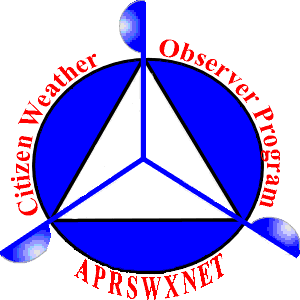Astronomy
Sun |
Moon |
|
|
|
Sunspot Activity DIY Sunspot Viewer |
Sunset: 8:11pm Sunrise: 6:00am Daylight: 14:10 |

|
92% illuminated - Waxing Gibbous Moonrise: 5:36pm (09-May-2025) Moonset: 4:23am (09-May-2025) Waxing Gibbous |
|
Sunspot Count for Last 30 Days Click for sunspot listing for the last 30 days Graph courtesy: Newquay Weather |
Sunspot Counts for this Year Click for sunspot listing for the current year Graph courtesy: Newquay Weather |
Yearly Sunspot Count since 1700 Click for yearly sunspot list since 1700 Graph courtesy: Newquay Weather |
Space Wx |
| First Quarter Moon | Full Moon | Last Quarter Moon | New Moon |
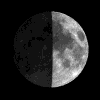 |
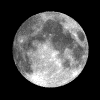 |
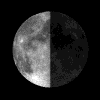 |
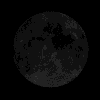 |
|
Sun, 04-May-2025 9:52am EDT 04 May 2025 13:52 GMT |
Mon, 12-May-2025 12:56pm EDT 12 May 2025 16:56 GMT |
Tue, 20-May-2025 7:59am EDT 20 May 2025 11:59 GMT |
Mon, 26-May-2025 11:02pm EDT 27 May 2025 03:02 GMT |
| Vernal Equinox Start of Spring |
Summer Solstice Start of Summer |
Autumn Equinox Start of Fall |
Winter Solstice Start of Winter |
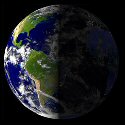 |
 |
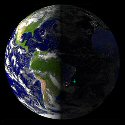 |
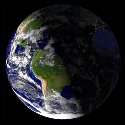 |
|
Thu, 20-Mar-2025 5:01am EDT 20 March 2025 09:01 GMT |
Fri, 20-Jun-2025 10:42pm EDT 21 June 2025 02:42 GMT |
Mon, 22-Sep-2025 2:19pm EDT 22 September 2025 18:19 GMT |
Sun, 21-Dec-2025 10:03am EST 21 December 2025 15:03 GMT |
Astronomy Fact
On Mercury a day (the time it takes for it to spin round once) is 59 Earth-days. Its year (the time it takes to orbit the sun) is 88 days- that means there are fewer than 2 days in a year!

| Color Key |
| Worse | Better | Best | Sky (including Wind) | ||||||||||
| Worse | Best | Worse | Ground |
Space Track-Satellite Passes
Notes about viewing ESVs:
When using lookangles, choose passes with high magnitudes; less than 6.0. ("Looks" are local time.)
Best viewing is when ESV is in Earth's penumbra; on the map, it's the solid line during night.
Dotted line on map denotes ESV is dark, in Earth's umbra (shadow).
Objects in orbit have to maintain a speed of at least 17,500mph, therefore ESVs traverse the sky noticeably different than aircraft.
ESVs appearing to blink are either tumbling rocket bodies, or spinning payloads with deployed solar arrays.
High-Eccentricity objects have a more ellongated orbit. Ground trace looks like a backwards C.
Regression-Ground traces will move West with each orbit due to Earth's rotation.



